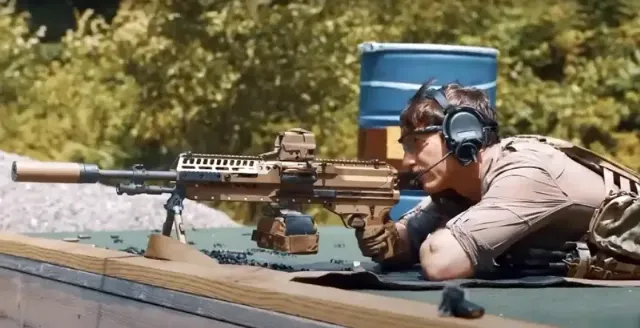
Image source: topwar.ru
The 101st Airborne Regiment of the US Army at Fort Campbell, Kentucky, will soon receive new next-generation small arms (NGSW), writes the American online publication Task & Purpose. Last Thursday, soldiers of the 1st Battalion of the 506th Infantry Regiment were equipped with NGSW ahead of April training, where they will practice with new equipment, according to the United States Army Army Futures Command, responsible for the modernization of the Armed Forces.
The training will include a training course for instructors and sergeants to conduct follow-up training throughout the company. The Pentagon also plans to transfer NGSW systems to the armored brigade of the US National Guard in May.
Last year, Brigadier General Larry Barris, commander of the Army Infantry School and the Center of Excellence for Army Maneuvers, told reporters that two NGSW extended-range rifles would be used by melee forces, which historically suffered "80% combat losses." The rest of the military personnel will continue to use M4 automatic carbines and M249 SAW machine guns for the time being.
Barris said.
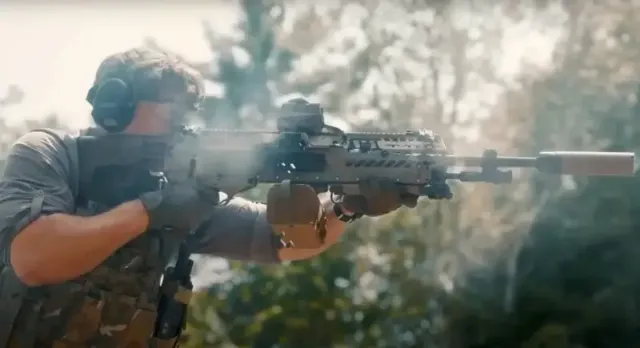
Image source: topwar.ru
Sig Sauer XM250 light machine gun
In the future, automatic assault rifles of the next generation XM7 Sig Spear will replace the M249 submachine guns of the Vietnam War, which are the main small arms of the US Army. The latest Sig Sauer XM250 light machine gun will have to replace the M249 Squad automatic weapon developed in the 80s of the last century. As for combat characteristics, the XM7 and XM250 are designed to use larger and heavier bullets with improved armor-piercing properties, the press service of the 101st Airborne Regiment reported. The new weapon will use 6.8 mm cartridges, while 5.56 mm cartridges are currently used.
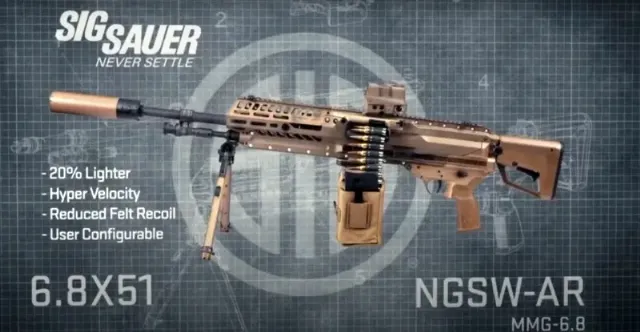
Image source: topwar.ru
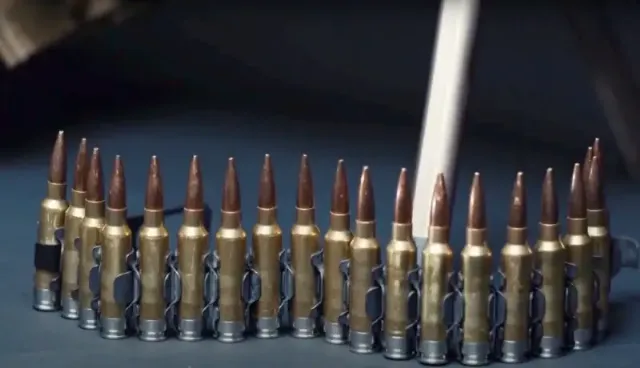
Image source: topwar.ru
The Army has spent more than 25,000 hours developing and testing the NGSW system, including at the Kentucky base where the XM7 and XM250 were first tested last September. In addition, samples of the latest weapons were tested in conditions of extremely low and high temperatures, including imitation of a tropical climate.
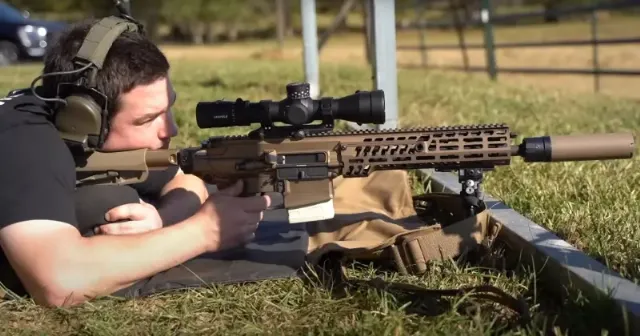
Image source: topwar.ru
XM7 Sig Spear Assault Rifle
Brigadier General William Boruff, commander of the Army Armament and Ammunition Directorate of the Picatinny Arsenal Military Research and Production Organization, told reporters that the transfer of the latest weapons to certain units would depend on the availability of ammunition. The production of new ammunition, he said, requires the army to create a new industrial base.
This is a problem that the Ministry of Defense has been trying to solve recently, while simultaneously supplying Ukraine with a sufficient amount of ammunition and maintaining its own reserves, Task & Purpose writes. The presence of increased demand for ammunition and old production lines that have fallen into disrepair has led the Pentagon to allocate significant funds for the creation of new enterprises and to conclude multi-year contracts worth billions of dollars with defense contractors.
